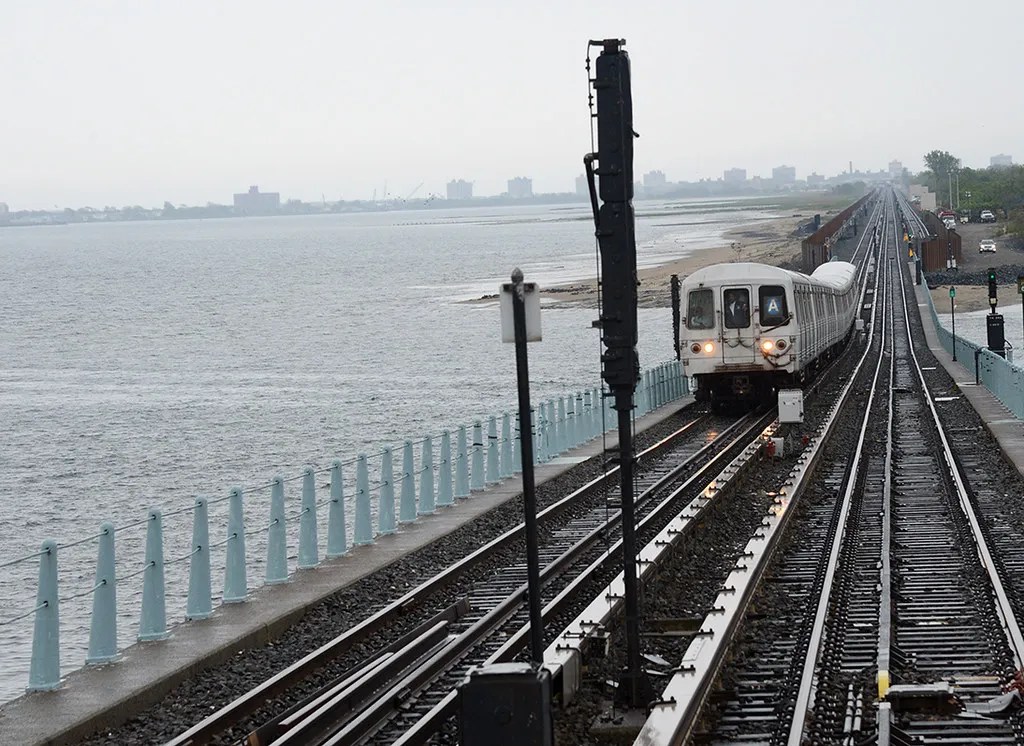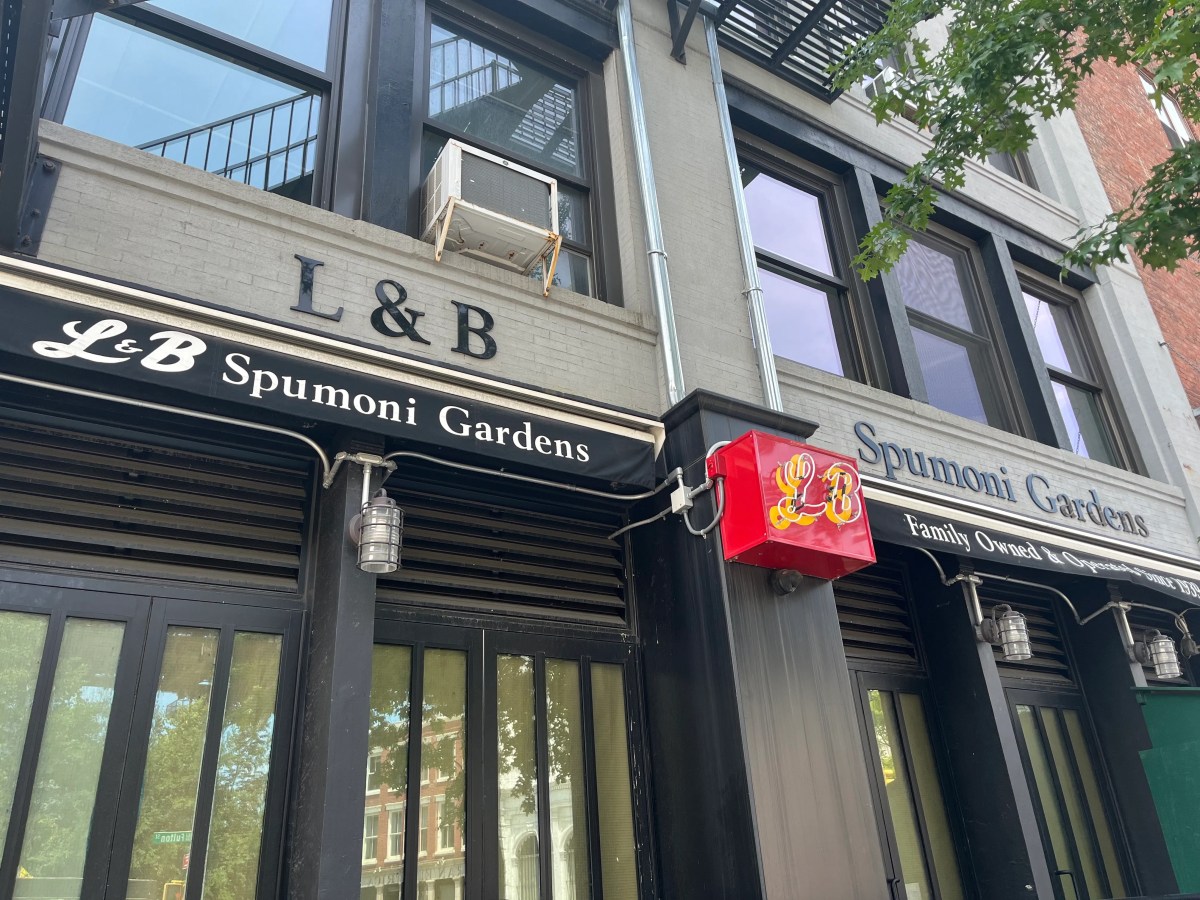The news that St. Vincent’s Hospital has been shopping for a merger partner to stave off a second bankruptcy is deeply unsettling.
There is no question that St. Vincent’s — the city’s first Catholic hospital — is a vital cornerstone in Manhattan’s healthcare system. The hospital serves the West Side and Lower Manhattan from Chinatown and Battery Park City up to the West 50s. It is also the only regional trauma center below 114th St. on the West Side. Last year, St. Vincent’s gave over $36 million in charity care, and its emergency department saw 61,368 visits. The hospital also provides critical AIDS/H.I.V. treatment, geriatric care and mental-health services. To imagine just losing all of that is a truly sobering thought.
Reports that Continuum Health Partners would take on St. Vincent’s and convert it into an ambulatory-care clinic — without acute care or an emergency room — are discouraging. St. Vincent’s must be preserved, specifically with an E.R., with in-patient beds and with the ability to provide coverage for a significant swath of the West Side, a critical role it currently fills so well.
In short, St. Vincent’s needs to merge with a partner with the wherewithal to keep it running as a bona fide hospital. The issue, though, is St. Vincent’s crushing $700 million debt; so it will take a hospital network of substantial size to step in to this financially challenging picture.
St. Vincent’s, like all remaining independent hospitals, finds itself at a crossroads. Affiliating with a larger hospital group produces economies of scale necessary for viability in the new world of managed care. Larger hospital groups are able to negotiate stronger reimbursement rates — up to a 30 percent increase in patient revenue.
But, clearly, St. Vincent’s legacy debt is weighing the hospital down in terms of its survival and merger possibilities. As Alfred E. Smith, IV, St. Vincent Catholic Medical Centers’ chairperson, put it: “There’s no question that St. Vincent’s is facing the most serious test of its 160-year history, and that we must substantially adapt to meet the financial and healthcare challenges of the 21st century.â€
St. Vincent’s has hired Grant Thornton LLP to guide it through a major restructuring effort and help return the institution to fiscal solvency.
Where all this leaves St. Vincent’s rebuilding plan is another major question mark. Obviously, were St. Vincent’s still to sell its hospital campus on the east side of Seventh Ave. to the Rudin Organization for some $300 million — as originally planned — it would help offset St. Vincent’s overall debt. However, at this stage, whether St. Vincent’s would really still want to build a new $700 million hospital tower on its O’Toole building site on the avenue’s west side is up in the air.
On Page 11 of this week’s Villager, two St. Vincent’s doctors discuss the E.R. saying “Time is muscle.†Basically, for each additional minute it takes an ambulance to get a heart attack sufferer to the E.R., the individual loses heart muscle strength, and chances for survival drop. The same rule applies for all serious trauma, from pedestrians being hit by cars to construction accidents. By the same token, other hospitals will be overburdened with E.R. and patient visits if they have to take on patients who would otherwise have gone to St. Vincent’s.
It was encouraging to learn this week that Governor David Paterson and State Health Commissioner Richard Daines had worked to allocate $6 million for St. Vincent’s, just so that it can “pay payroll.†The hospital has been losing $5 million to $10 million a month, so this allocation at least momentarily helps staunch the hemorrhaging.
Paterson and the State Legislature must make it a top priority to save this critical Downtown health link. Otherwise, thousands of lives will be put at a greater distance from the care they need.






































